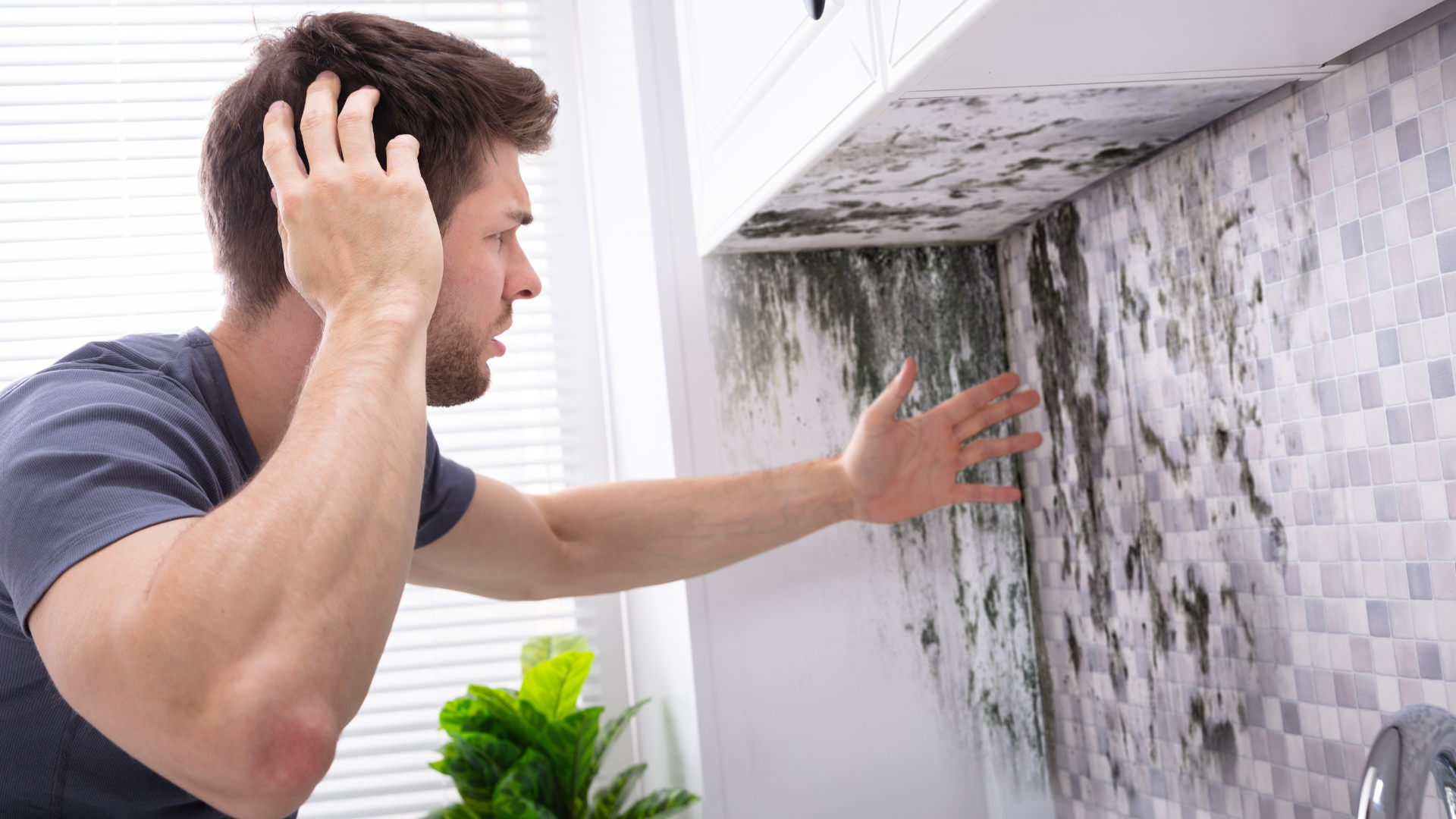VOCs Inside Your Home: What Are They and How to Reduce Your Exposure
In our quest for a comfortable and well-maintained home, we often overlook the invisible dangers lurking in our indoor environment. One such hidden hazard is Volatile Organic Compounds, commonly known as VOCs. These compounds are more common in our homes than many realize, and they carry potential health risks that can't be ignored. Understanding what VOCs are, their sources, and effective strategies to minimize exposure is crucial for a healthy indoor living space.
What are VOCs?
Volatile Organic Compounds (VOCs) are a large group of carbon-based chemicals that easily evaporate at room temperature. This characteristic makes them a pervasive part of our indoor environments. VOCs are not just single substances; they are a group of compounds that include a variety of chemicals, each with its own unique properties and health effects.
Common Sources of VOCs in Homes
- Paints and Solvents: These are among the most significant contributors to indoor VOC levels, especially during and immediately after painting.
- Cleaning Supplies: Many conventional cleaning products contain VOCs that can evaporate into the air during use and storage.
- Building Materials: Carpets, adhesive, composite wood products, and vinyl flooring often release VOCs long after they have been installed.
- Air Fresheners and Scented Candles: These products can emit a cocktail of VOCs into your home environment, often masked by pleasant scents.
Health Impacts of VOCs
Short-term exposure to VOCs can result in symptoms like headaches, dizziness, and irritation of the eyes, nose, and throat. Long-term exposure is more concerning, as it can lead to more severe health issues including liver, kidney, or central nervous system damage. Some VOCs are even suspected carcinogens.
Understanding Exposure Levels
- Indoor vs. Outdoor: VOC levels are typically higher indoors than outdoors. They can be up to ten times higher inside homes, especially after using VOC-emitting products.
- Sensitivity Variations: People vary in their sensitivity to VOCs. Some may experience symptoms at very low levels while others may not notice any effects.
Reducing Exposure to VOCs
- Enhance Ventilation: Increase air circulation, especially during activities like painting or using cleaning products. Open windows and use fans to disperse VOCs more quickly.
- Choose Low-VOC Products: Opt for paints, varnishes, and cleaning supplies labeled as low-VOC. These products are formulated to reduce VOC emissions.
- Proper Storage: Store products containing VOCs in well-ventilated areas, ideally outside of the living space, such as a shed or garage.
- Natural and DIY Alternatives: Embrace natural cleaning methods like using vinegar, baking soda, and essential oils. These alternatives are not only VOC-free but also eco-friendly.
- Regularly Replace Air Filters: In homes with HVAC systems, replacing filters regularly can help reduce indoor air pollutants, including VOCs.
Awareness is the first step towards improving the air quality in your home. By understanding the sources of VOCs and adopting strategies to reduce their presence, you can significantly enhance the health and safety of your indoor environment. Embracing natural products and improving ventilation are key steps in creating a healthier, more comfortable home for you and your family





